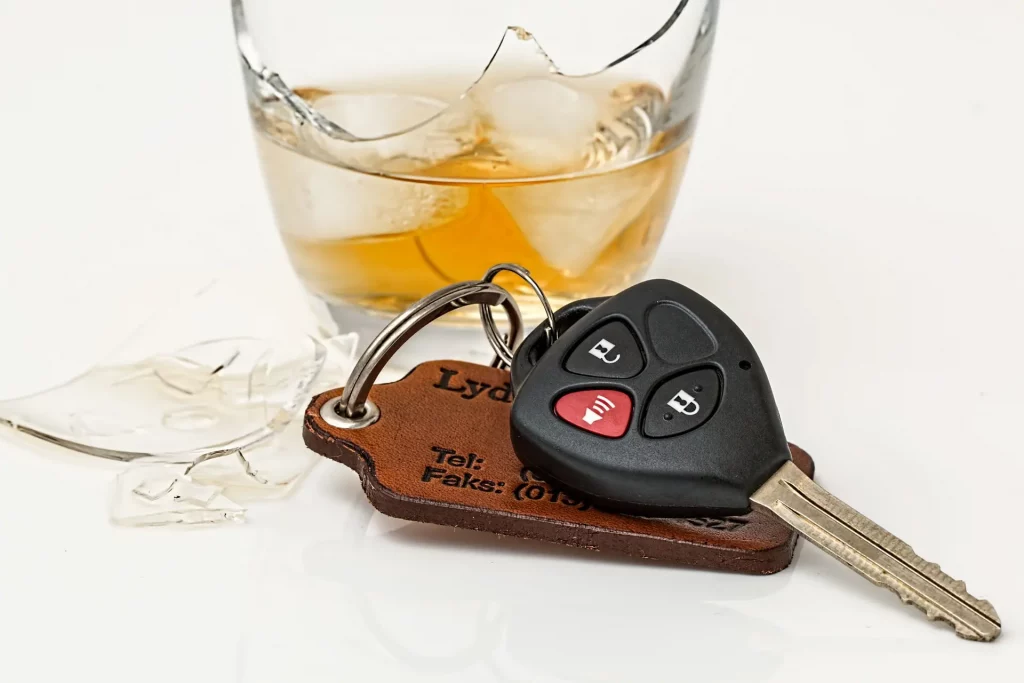At Rosenberg & Rodriguez, we understand that personal injury claims can be a daunting and stressful experience. Navigating the complexities of the legal system while dealing with physical and emotional recovery is no small feat. One of the most crucial aspects that can make or break your case is evidence.
In personal injury claims, evidence serves as the backbone of your case. It substantiates your claims, helps establish liability, and ultimately determines the compensation you may receive. In this blog, we aim to shed light on why evidence is so pivotal in personal injury claims and how to ensure you collect and preserve the right types of evidence.
What is Personal Injury Evidence?
Personal injury evidence encompasses any information or material that supports your claim of injury and the liability of another party. This evidence can take various forms, including but not limited to:
- Medical Records: Documentation of your injuries and treatments.
- Photographs and Videos: Visual evidence of the accident scene, your injuries, and property damage.
- Witness Statements: Accounts from people who witnessed the accident.
- Expert Testimonies: Insights from medical professionals, accident deconstructionist, and other experts.
- Police Reports: Official records of the accident.
- Personal Diaries: Your own accounts of the pain and suffering you’ve endured.
Why Evidence is Crucial in Personal Injury Claims
Establishing Liability
One of the primary functions of evidence in a personal injury claim is to establish liability. To secure compensation, you must prove that another party’s negligence or intentional actions caused your injuries. This involves demonstrating four key elements:
- Duty of Care: The defendant owed you a duty of care.
- Breach of Duty: The defendant breached that duty.
- Causation: The breach directly caused your injuries.
- Damages: You suffered actual damages (medical bills, lost wages, pain, and suffering).
Without concrete evidence to support these elements, your claim may not stand up in court. For instance, medical records can show the extent of your injuries, while witness statements and photographs can illustrate how the defendant breached their duty of care.
Demonstrating the Extent of Your Injuries
Evidence is essential not only for proving that the defendant is liable but also for demonstrating the extent of your injuries. Medical records, for example, provide a detailed account of your injuries, treatments, and prognosis. This documentation can significantly impact the amount of compensation you receive.
Additionally, photographs of your injuries taken immediately after the accident can offer a visual representation of the harm you’ve suffered. These images can be particularly compelling to a judge or jury, helping them understand the severity of your situation.
Supporting Your Claim for Damages
In a personal injury claim, you may seek various types of damages, including medical expenses, lost wages, and pain and suffering. To secure these damages, you need to provide evidence that quantifies your losses. Here’s how different types of evidence can support your claim:
- Medical Bills: Itemized statements from healthcare providers detailing the cost of your treatments.
- Pay Stubs and Tax Returns: Documents that show your lost income due to the injury.
- Pain and Suffering Diaries: Personal journals that document your physical pain and emotional distress.
Having robust evidence to back up your claim for damages can significantly enhance your chances of receiving fair compensation.
Types of Evidence in Personal Injury Claims
Medical Records and Bills
Medical records and bills are some of the most critical pieces of evidence in a personal injury claim. They provide a comprehensive overview of your injuries, treatments, and medical expenses. Ensure you keep all records from your healthcare providers, including:
- Emergency Room Records: Initial diagnosis and treatments.
- Physician Notes: Ongoing treatment plans and progress notes.
- Surgical Reports: Details of any surgeries performed.
- Physical Therapy Records: Documentation of rehabilitation efforts.
- Prescription Receipts: Proof of medication costs.
Photographs and Videos
Visual evidence can be incredibly persuasive in a personal injury case. Photographs and videos offer an unfiltered view of the accident scene, your injuries, and any property damage. Here are some tips for capturing effective visual evidence:
- Accident Scene: Take wide-angle shots of the entire scene and close-ups of specific details, such as skid marks or road conditions.
- Injuries: Photograph your injuries from multiple angles and under different lighting conditions.
- Property Damage: Document any damage to your vehicle or other personal property.
Witness Statements
Witness statements can provide an unbiased account of the accident and corroborate your version of events. Obtain contact information from witnesses at the scene and ask them to provide written statements detailing what they saw. Witness statements should include:
- Date and Time of the Accident.
- Location of the Witness During the Incident.
- Detailed Account of What Happened.
- Contact Information.
Having credible witnesses who can testify on your behalf can strengthen your case significantly.
Expert Testimonies
Expert testimonies can offer specialized knowledge and insights that support your claim. Experts can include:
- Medical Experts: Provide opinions on your injuries, treatments, and prognosis.
- Accident Reconstructionists: Analyze the accident scene and determine how the incident occurred.
- Economists: Assess the financial impact of your injuries, including lost wages and future earning capacity.
Engaging reputable experts who can present clear and compelling testimony can enhance the credibility of your case.
Police Reports
Police reports are official documents that provide an objective account of the accident. They typically include:
- Date, Time, and Location of the Accident.
- Involved Parties.
- Witness Statements.
- Officer’s Observations and Conclusions.
Obtaining a copy of the police report can be invaluable in supporting your claim, as it offers an unbiased perspective on the incident.
Personal Diaries
Keeping a personal diary can help document the ongoing impact of your injuries. Record details about your pain levels, emotional struggles, and daily challenges. A well-maintained diary can:
- Provide a Chronological Record of Your Recovery.
- Illustrate the Severity of Your Pain and Suffering.
- Support Your Claim for Non-Economic Damages.
Sharing your personal experiences can humanize your claim and make it more relatable to a judge or jury.
Tips for Collecting and Preserving Evidence
Collecting and preserving evidence is essential for building a strong personal injury case. Here are some practical tips to help you gather and maintain crucial evidence:
Act Quickly
Time is of the essence when it comes to collecting evidence. The longer you wait, the more likely it is that evidence will be lost or deteriorate. Start gathering evidence immediately after the accident.
Seek Medical Attention
Even if your injuries seem minor, seek medical attention right away. Delaying medical treatment can not only worsen your condition but also weaken your claim. Medical records from the initial examination can serve as crucial evidence.
Document Everything
Keep detailed records of all aspects of your case, including:
- Medical Appointments.
- Treatment Plans.
- Receipts for Medical Expenses.
- Communications with Insurance Companies.
Organize your documents chronologically to make it easier to present your case.
Preserve Physical Evidence
If your personal belongings were damaged in the accident, preserve them as evidence. For example, keep damaged clothing, broken eyeglasses, or damaged vehicles in their post-accident condition.
Back Up Digital Evidence
Ensure all digital evidence, such as photos and videos, is backed up in multiple locations. Use cloud storage services or external hard drives to prevent data loss.
Consult an Attorney
Working with an experienced personal injury attorney can significantly enhance your ability to collect and preserve evidence. An attorney can:
- Guide You Through the Legal Process.
- Help You Identify Key Pieces of Evidence.
- Connect You with Expert Witnesses.
- Negotiate with Insurance Companies on Your Behalf.
At Rosenberg & Rodriguez, we specialize in personal injury claims and are dedicated to helping you secure the compensation you deserve.
Contact Rosenberg & Rodriguez Now
The importance of evidence in personal injury claims cannot be overstated. Properly collected and preserved evidence can make the difference between a successful claim and a denied one. By understanding the types of evidence needed and following best practices for gathering and maintaining it, you can strengthen your case and increase your chances of receiving fair compensation.
If you or a loved one has been injured due to someone else’s negligence, don’t wait to seek legal assistance. Contact Rosenberg & Rodriguez today for a free consultation. Our experienced attorneys are here to guide you through the process and fight for your rights.
Learn more about how we can help you with your personal injury claim and take the first step towards securing the justice you deserve.




